In an age where automation can replicate almost anything, true craftsmanship has become a rare luxury. Nowhere is this more evident than in the staircase — a functional necessity that, in the hands of an artisan, becomes an architectural statement.
From sweeping marble staircases in Renaissance palaces to hand-forged wrought iron balustrades in Parisian townhouses, history shows us that a staircase is never just a way to move between floors. It’s a canvas for artistry, a marker of prestige, and often, the centerpiece of a home’s design.

The Historical Roots of Staircase Craftsmanship
The staircase has always been more than a structural element. In ancient Greece and Rome, stone staircases were a display of wealth and engineering skill. The grand staircases of Baroque palaces, like the Palace of Versailles’ Ambassador’s Staircase, were designed to awe visiting dignitaries, guiding them through a theatrical procession of space and light.
By the 19th century, the Industrial Revolution introduced new materials like cast iron and steel, yet the most prestigious homes continued to employ artisans who could carve intricate wood newels or forge balustrades by hand. This dedication to detail wasn’t about necessity — it was about artistry.
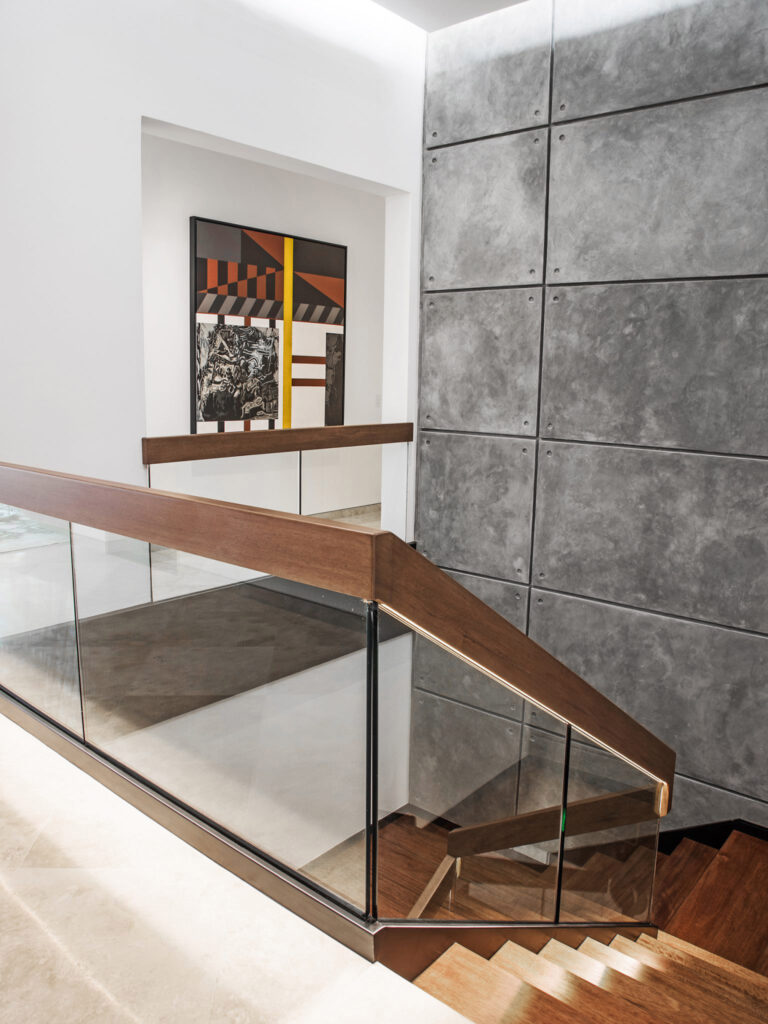
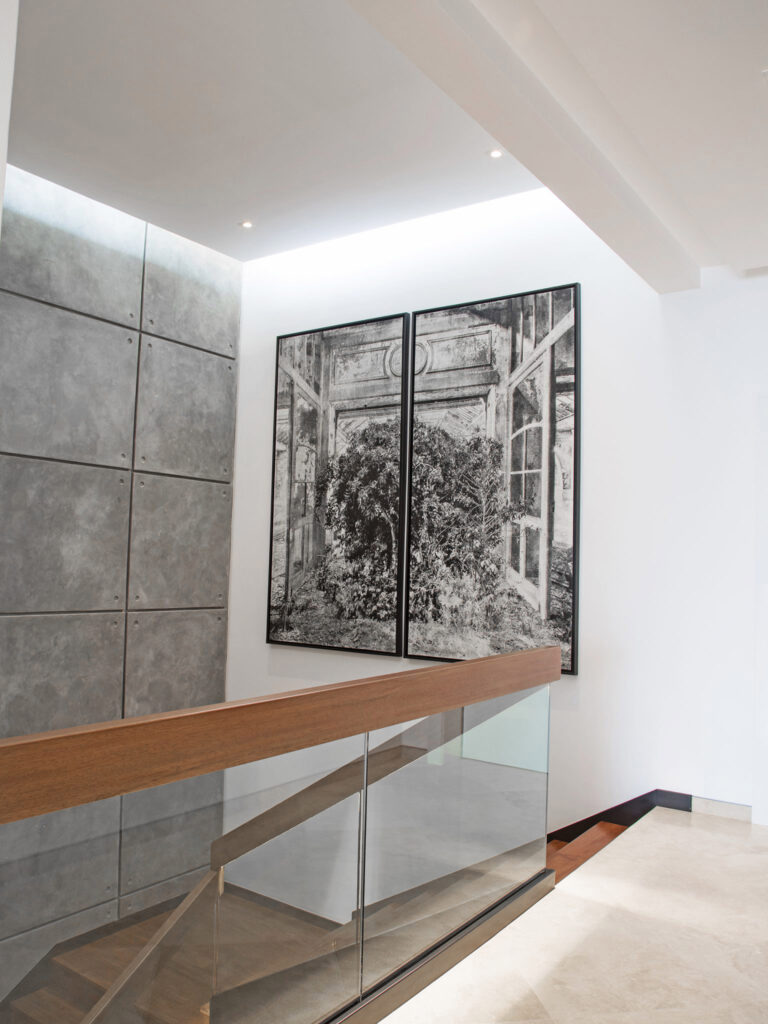
The Artisan’s Touch: What Makes It Different?
An artisan-made staircase stands apart because of three core elements:
- Material Mastery – Artisans choose woods, metals, and stones not just for durability, but for their natural beauty and character.
- Handcrafted Details – Every curve, joinery technique, and finishing touch is deliberate, revealing the maker’s personal signature.
- Bespoke Design – The staircase is tailored to the home’s architecture and the client’s vision, ensuring no two are alike.
While machines can produce uniform results, they cannot replicate the individuality and subtle imperfections that give handcrafted pieces their soul.

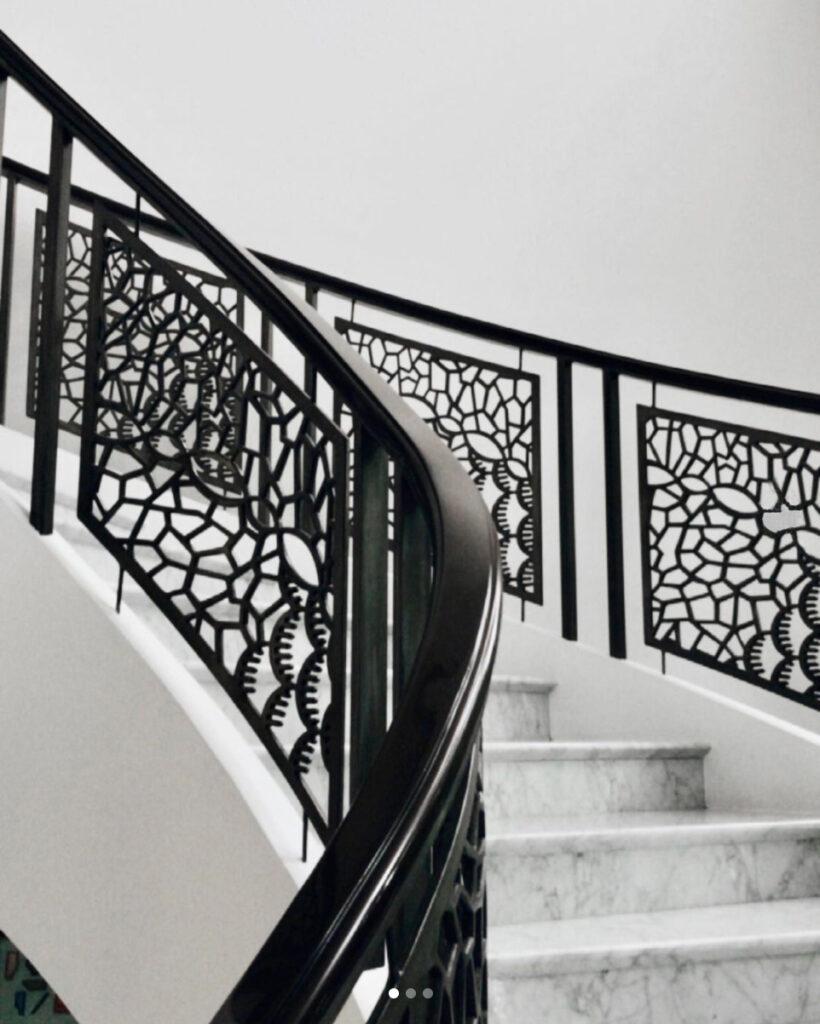
Modern Luxury, Historic Values
Today’s luxury homeowners are increasingly seeking one-of-a-kind staircases that combine old-world techniques with modern engineering. For example:
- Contemporary glass staircases framed by hand-forged steel rails.
- Floating wooden treads crafted from centuries-old reclaimed timber.
- Sculptural spiral staircases where every weld is done by hand.
These designs may embrace minimalism, but their construction still relies on the same patience, skill, and dedication as their historic predecessors.
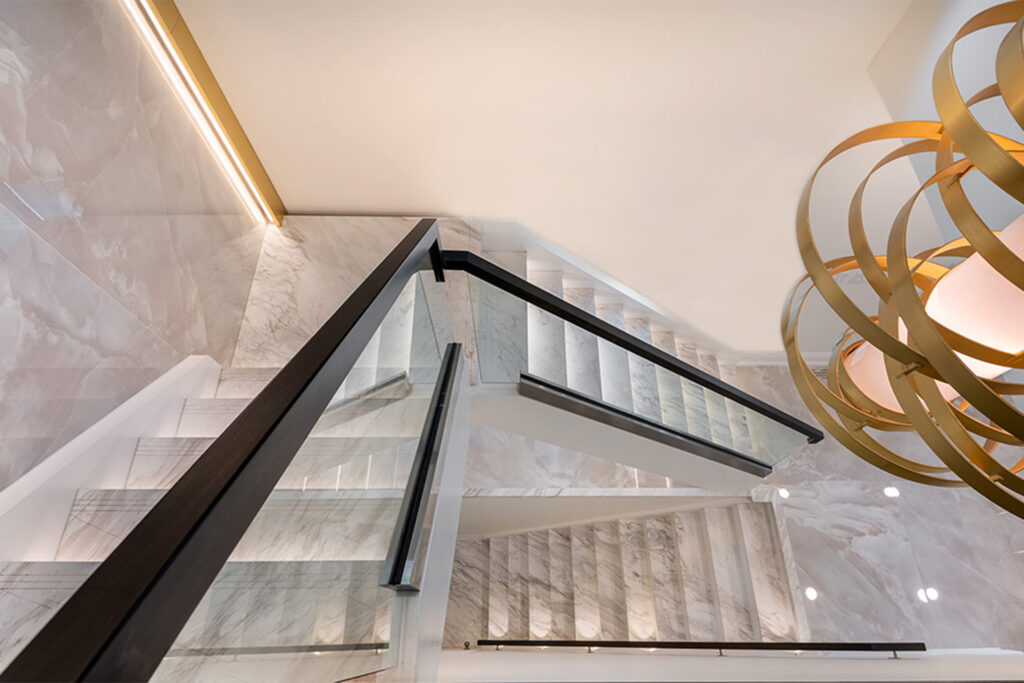
Why Craftsmanship Still Matters in 2025
In the world of luxury interiors, craftsmanship is a form of authenticity. It’s the difference between something that simply looks expensive and something that is intrinsically valuable.
An artisan staircase:
- Lasts for generations, not decades.
- Tells a story about the materials, the maker, and the home.
- Reflects a client’s personal taste rather than a mass-market trend.
- For discerning homeowners, this is about more than owning a beautiful object — it’s about preserving a tradition in a world that increasingly prizes speed over skill.
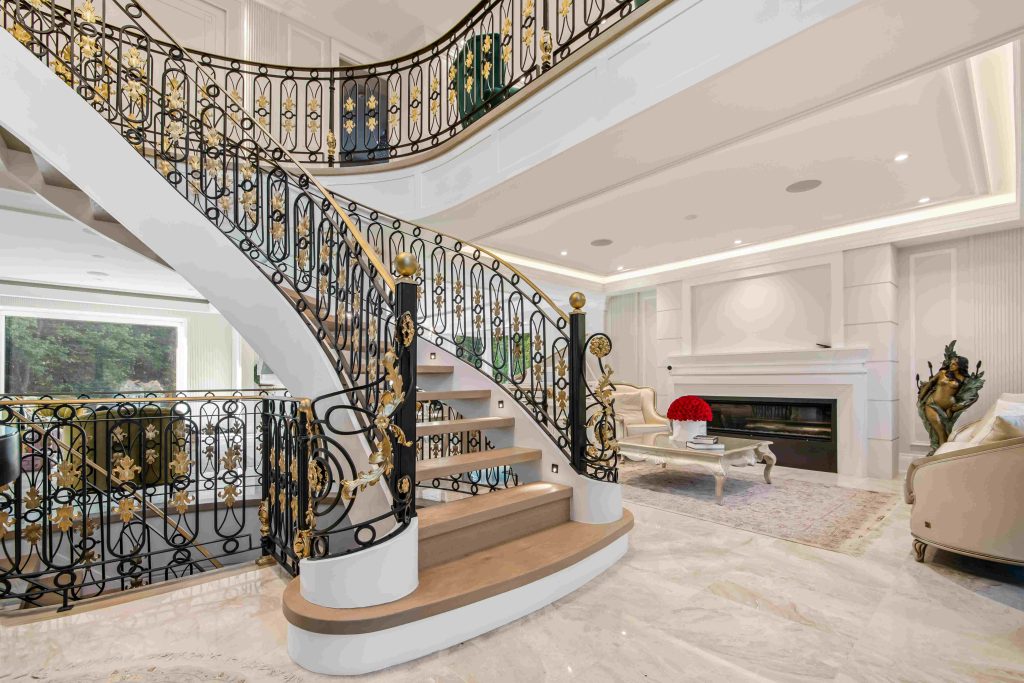
Conclusion
From the marble steps of historic palaces to the steel-and-glass spirals of today’s penthouses, artisan-made staircases have always been symbols of luxury and craftsmanship. In an era dominated by automation, choosing a handmade staircase is both a design statement and a cultural choice — one that celebrates artistry, individuality, and timeless beauty.
FAQ
- Q: What defines an artisan-made staircase?
A: It is designed and built by skilled craftspeople, often using traditional techniques and high-quality materials, ensuring each piece is unique.
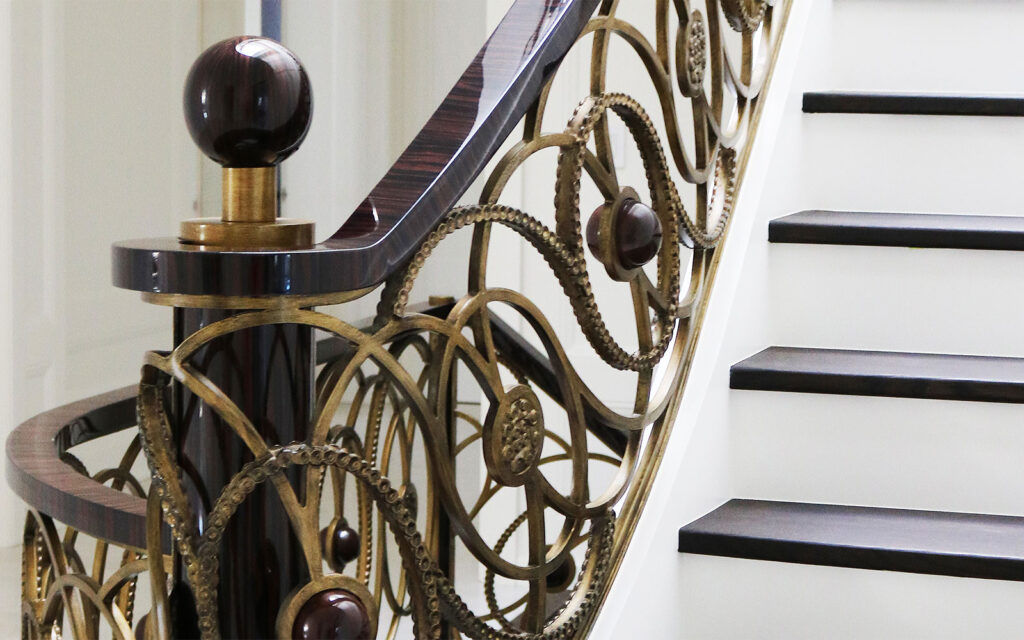
- Q: Are artisan staircases more expensive than prefabricated ones?
A: Yes, but they offer unmatched customization, longevity, and artistry, making them a long-term investment in your home’s value.
- Q: Can modern designs still be artisan-made?
A: Absolutely — artisans can work with contemporary styles, integrating glass, steel, and other modern materials without losing the handcrafted touch.





